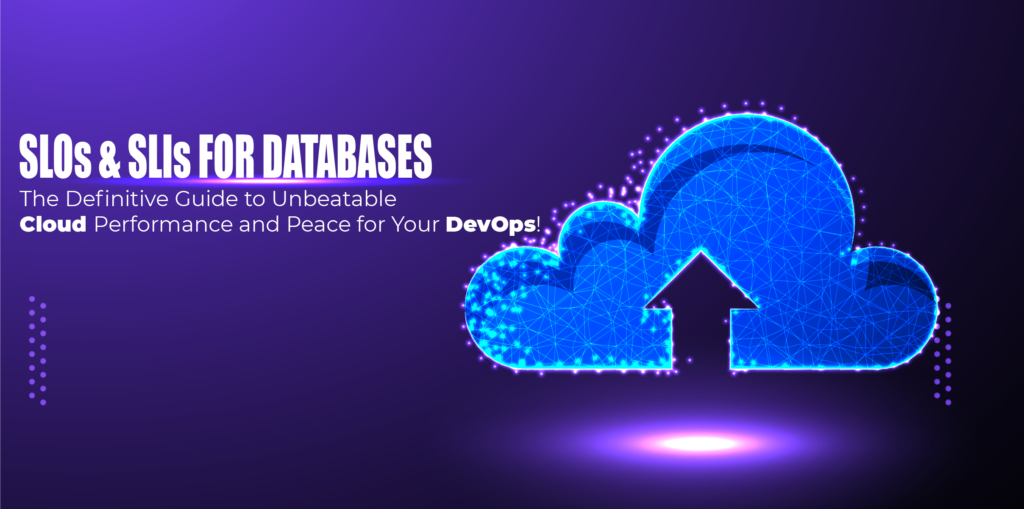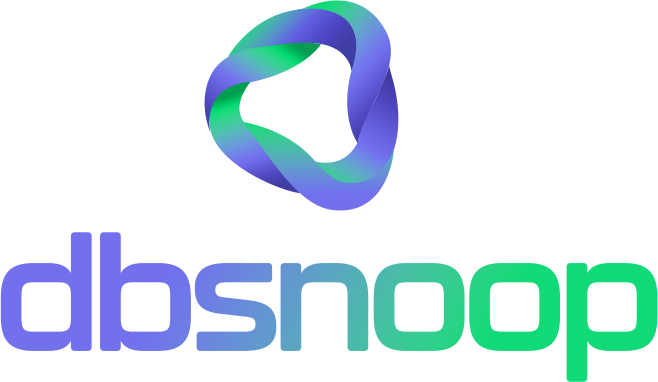

You, DBA, DevOps, SRE, DBE, Tech Lead, or Developer, have you ever found yourself in endless discussions about system “slowness,” without clear metrics to define what is acceptable or not? The subjectivity in evaluating database performance is one of the biggest challenges in cloud and microservices environments. Without clear objectives, it’s impossible to know if you’re on the right track or if a problem is already forming.
The good news is that there is an approach that can revolutionize how your team manages and optimizes database performance: Service Level Objectives (SLOs) and Service Level Indicators (SLIs). These tools, fundamental to the SRE culture, bring clarity, objectivity, and an unwavering focus on user experience. Get ready to discover how SLOs and SLIs can transform your operation, ensuring total observability, intelligent automation, and proactive data management that directly impacts your business results.
Understanding SLOs and SLIs: What They Are and Why They Matter for Database Performance?
To demystify the performance and availability of your database, we need well-defined metrics and goals. That’s where SLIs and SLOs come in, pillars of Site Reliability Engineering (SRE).
SLIs (Service Level Indicators) are quantifiable metrics that measure some aspect of the service that is important to the customer. Think of them as the “vital signs” of your database. They can be query latency, transaction success rate, service availability, or data throughput. Choosing the right SLIs is crucial, as they must directly reflect the end-user experience.
SLOs (Service Level Objectives), on the other hand, are the goals you set for your SLIs. They represent the level of service you commit to delivering. For example, if your SLI is “query latency,” an SLO might be “99% of queries must have latency less than 100ms.” Defining SLOs forces your team to think about what truly matters for the application and the business, avoiding excessive monitoring of irrelevant metrics.
The importance of SLOs and SLIs for database performance is immense. They provide a common language for DBA, DevOps, and SRE teams, allowing everyone to objectively understand the health status of the service. This facilitates task prioritization, troubleshooting, and data-driven decision-making, not assumptions.

How to Define Effective SLOs and SLIs for Your Cloud Database
Defining effective SLOs and SLIs for your cloud database requires a deep understanding of your workload and your users’ expectations. There is no magic formula, but rather an iterative process of identification and refinement.
Start by identifying the most critical metrics for your database’s performance and availability. For a transactional database (OLTP), write and read latency, transaction error rate, and availability are fundamental SLIs. For an analytical database (OLAP), query throughput and report processing time may be more relevant. Observability is the basis for collecting this data accurately.
When defining your SLOs, be realistic, but ambitious. A 100% availability SLO is almost impossible to achieve and can lead to prohibitive costs. Instead, set goals that are meaningful to your business and that reflect your users’ tolerance for failures. For example, an SLO of 99.9% availability for the main database can be a good starting point.
Examples of SLIs and SLOs for Databases:
- SLI: Average read query latency.
- SLO: 95% of read queries must have latency less than 50ms.
- SLI: Write transaction success rate.
- SLO: 99.9% of write transactions must be successful.
- SLI: Database service availability.
- SLO: 99.95% availability throughout the month.
- SLI: Errors per second in the database.
- SLO: Less than 0.01% errors per second.
dbsnOOp becomes an indispensable tool in this process. It not only collects and visualizes the necessary metrics for your SLIs but also allows you to configure your SLOs directly on the platform. With intuitive dashboards, you can track progress towards your objectives in real-time, quickly identifying when an SLO is at risk.

The Transformative Impact of SLOs and SLIs on Your Operation with dbsnOOp
Adopting SLOs and SLIs, especially with the support of a robust platform like dbsnOOp, can fundamentally transform your cloud database operation and increase your overall performance. This change goes beyond simple measurement, impacting team culture and process efficiency.
First, SLOs and SLIs promote a culture of shared responsibility and proactivity. When everyone on the team – from DBA to DevOps – understands the performance and availability objectives, the focus shifts from “firefighting” to “fire prevention.” Data management becomes a collective priority, and the team aligns around clear and measurable goals.
dbsnOOp facilitates this transition. With its advanced observability features, it not only monitors SLIs in real-time but also offers predictive insights. This means you will be alerted about trends that may lead to an SLO violation before it happens, allowing your team to act preventively with automation or manual intervention.
Troubleshooting also becomes more efficient. When an SLO is violated, dbsnOOp provides the complete context, correlating metrics, logs, and events. This allows your team to quickly identify the root cause, reducing the mean time to resolution (MTTR) and minimizing business impact. The performance and security of your database are directly benefited by this agility.
Benefits of Implementing SLOs and SLIs with dbsnOOp:
- Clarity and Alignment: Everyone on the team understands service goals.
- Data-Driven Decision Making: Focus on optimizations that truly matter.
- Increased Proactivity: Prevention of problems before they affect users.
- Accelerated Troubleshooting: Complete context to quickly identify the root cause.
- Cloud Cost Optimization: Efficient use of resources, avoiding unnecessary expenses.
- Continuous Performance and Security Improvement: Constant feedback loop for enhancement.
Imagine a scenario where a query latency SLO is about to be violated. dbsnOOp sends a contextualized alert, showing that a new functionality introduced by the DEV team is generating inefficient queries. With this precise information, the DBA and DevOps can collaborate to optimize the query or adjust the infrastructure, preventing the problem from affecting users and keeping the SLO within the objective.
Prepare for a Smarter Database Operation
The era of guesswork in data management is over. With SLOs and SLIs, you have the tools to measure, monitor, and optimize your database’s performance and availability objectively and strategically. dbsnOOp is the platform that empowers this transformation, offering the observability, automation, and intelligence necessary for your team to achieve and exceed their service level objectives in the cloud.
Don’t let subjectivity compromise your database’s health and your business’s success. Adopt SLOs and SLIs and discover the power of a truly proactive and efficient operation.
Want to solve this challenge intelligently and ensure high performance for your database? Schedule a meeting with our specialist or watch a practical demonstration!
Schedule a demo here.
Learn more about dbsnOOp!
Learn about database monitoring with advanced tools here.
Visit our YouTube channel to learn about the platform and watch tutorials.


